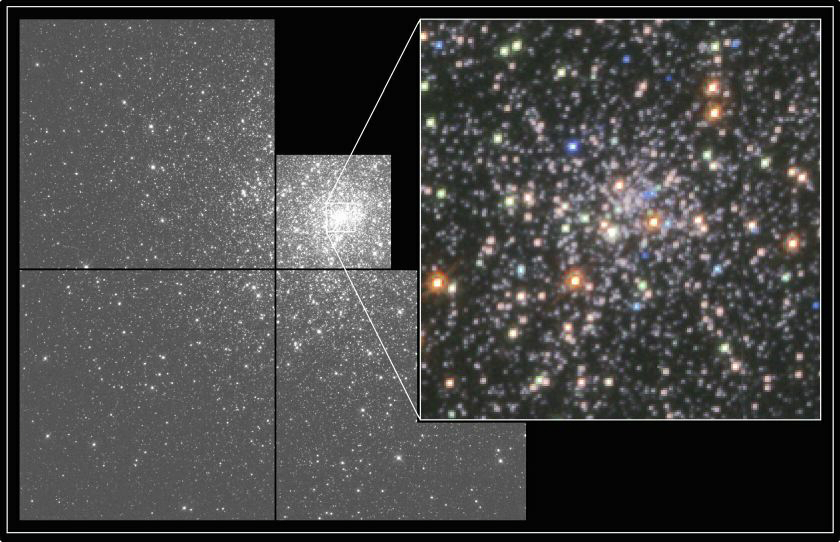
Globular Clusters

Globular clusters contain almost no gas or dust and show few signs of recent star
formation. Astronomers believe they are primordial remnants, left over from the birth of
the Milky Way. As such, they are ideal laboratories for studying how stars evolve. Cluster
stars also provide a limit on the age of the universe, independent of the expansion of the
universe itself. By pinpointing individual suns in the glare of the most tightly packed
cluster of stars in our galaxy, the Hubble Space Telescope has unveiled hints of either a
massive black hole or another remarkable phenomenon: a "core collapse" driven by
the intense gravitational pull of so many stars in such a small volume of space.